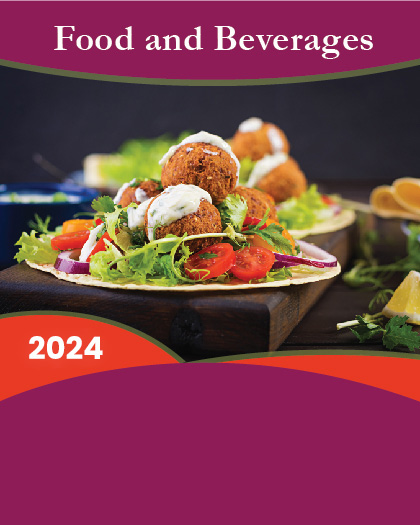
According to a new report published by Allied Market Research titled,"Gluten-Free Pasta Market by Product Type and Distribution Channel: Global Opportunity Analysis and Industry Forecast, 2018 - 2025,"the global gluten-free pasta market size was valued at $909.8 million in 2017, and is projected to reach $1,289.2 million by 2025, growing at a CAGR of 4.5% from 2018 to 2025. In 2017, Europe accounted for nearly 45.6% of the gluten-free pasta market share.
The global pasta consumption has been on the rise, fostering the pasta global trend, which is attributable to the rise in awareness about the various health benefits associated with the consumption of pasta. North America and Europe has witnessed higher concentration of pasta consumption. According to the Department of Environment, Food and Rural Affairs (DEFRA), in 2017, the per capita consumption of pasta in France was 8.1 kg, whereas in Germany it was 7.7 kg. Italy by far has the highest number of pasta consumers recording 9kg per capita consumption. As per National Pasta Association, consumption of pasta in the U.S. accounted for 2.7 million tons in 2017. These regions comprise majority gluten-intolerant consumers, thus boosting the gluten-free pasta market growth.
Gluten-free products are generally more expensive than the regular food products containing wheat ingredients. This is attributable to the additional costs incurred on developing gluten-free food products. According to the Gluten-Intolerance Group of North America, celiac shoppers estimated that up to 30% of their entire monthly grocery bill was spent on gluten-free products. Consumers with gluten intolerance are expected to have less preference over gluten-free food products due to high pricing of these products.
High price range of the products available in the market is one of the key challenges incurred by the players of the market. However, this can be alleviated by providing its target customers with private labeled products at lower price range. Many retailers in the U.S. have taken advantage of the gluten-free market by providing gluten-free private label products as well as special in-store signage and locations for gluten-free packaged foods. Thus, emergence of private label players is one of the most influential gluten-free pasta market trends during the forecast period.
Over the past couple of years, there has been significant growth in demand for various gluten-free food product including gluten-free pasta due to rise in number of celiac disease and health-conscious customers. Gluten-free food products promote several key health benefits to its target customers. This factor provides lucrative opportunities for multinational food manufacturers by strategizing on extending its product portfolio with gluten-free food products including pastas, which are expected to cater to the requirements of the customers. Small and medium enterprises (SME) can take advantage over premium priced gluten-free food products. There are several companies that are completely dedicated on the manufacturing and selling of gluten-free products. Glutino, a Canadian company, sells gluten-free foods and its American subsidiary currently holds the largest share for traditional gluten-free pasta market.
Major players in the gluten-free pasta industry have adopted strategies such as acquisition, partnership & agreement, merger, and geographical expansion, to expand their market share and increase profitability.
Key Findings of the Gluten-Free Pasta Market:
In 2017, based on product type, the brown rice pasta segment accounted for around 32.2% share, growing at a CAGR of 4.3% from 2018 to 2025.
In 2017, based on distribution channel, the retail store segment accounted for 55.0% share of the market and is expected to growth at the highest CAGR of 4.1%.
In 2017, based on region, Europe accounted for a prominent market share of market and is anticipated to grow at a CAGR of 4.0% throughout the forecast period.
The key players of market profiled in report include AMI Operating Inc., Quinoa Corporation, H.J. Heinz Company L.P., Barilla G.E R. F. LLI S.P.A., RPs Pasta Company, DR. SCHR AG/SPA, Bionaturae LLC, Jovial Foods Inc., Pastificio Lucio Garofalo S.p.A., and Doves Farm Foods Ltd.
























